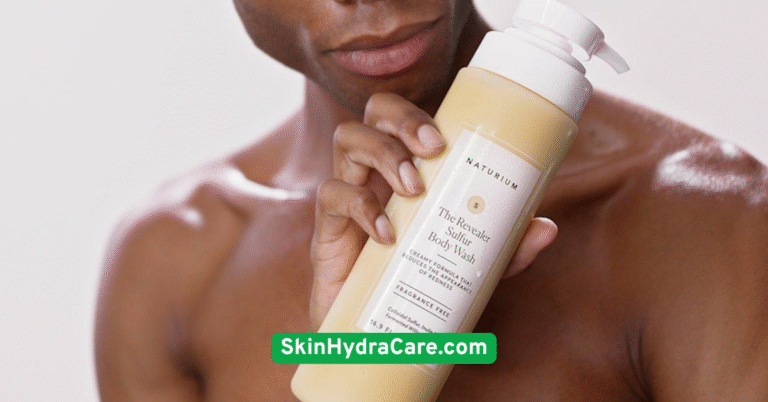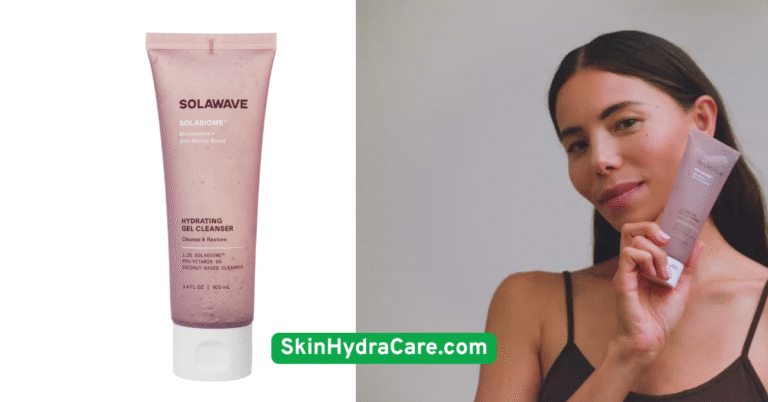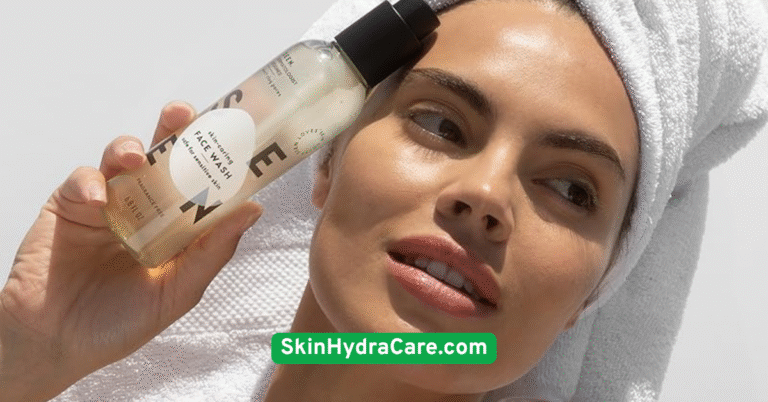12 Hydrating Skincare Tips for Lasting Hydration (2025)
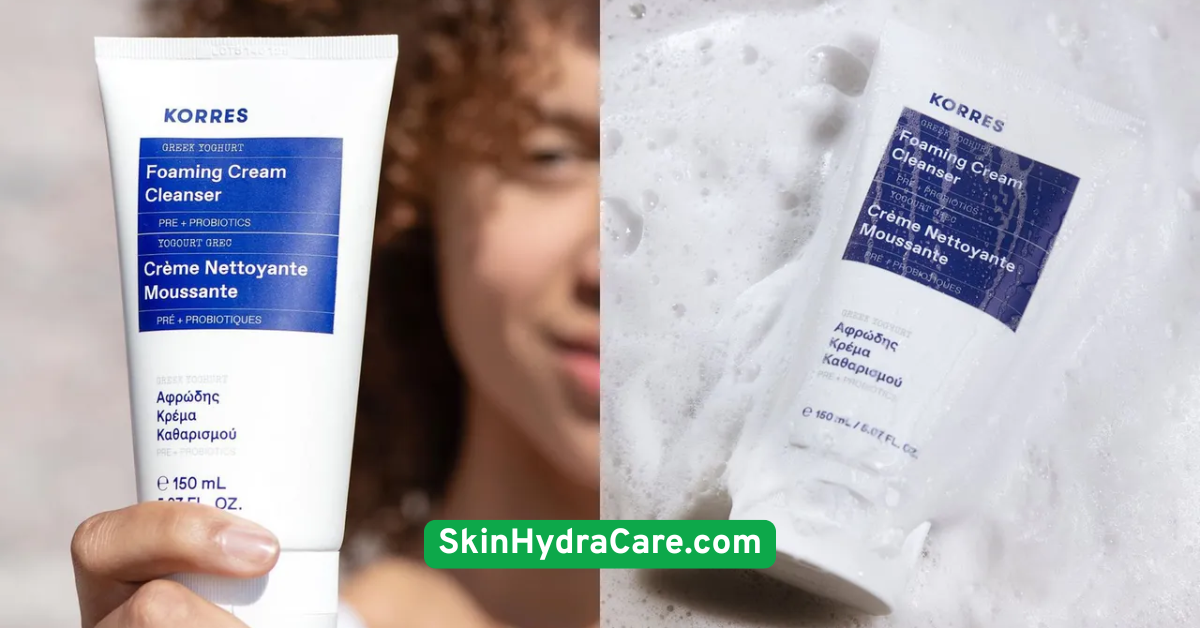
But here’s the good news: you don’t need a 15-step K-beauty routine or pricey products to get that plump, dewy glow. In fact, most of the magic happens when you understand the fundamentals of hydration and use the right ingredients at the right time. Whether your skin is dry, oily, or somewhere in between, hydration is non-negotiable—and we’re diving into the 12 most effective hydrating skincare tips to keep your glow game strong in 2025.Let’s quench that thirst—starting now.
1. Start With a Hydrating Cleanser
Cleansing is the foundation of every skincare routine. But here’s the deal—using the wrong cleanser can strip your skin of its natural oils, setting you up for dryness before you even get to moisturizer.Instead of harsh foaming cleansers, opt for hydrating cleansers that are rich in ingredients like glycerin, ceramides, or hyaluronic acid. These help attract and retain moisture while gently lifting away dirt, makeup, and pollution.Gentle gel or cream cleansers are your best friends here. And if you’re someone who wears makeup or SPF (which you should!), consider a double cleansing method—starting with an oil-based cleanser followed by a hydrating one. That way, you cleanse without compromise.

2. Don’t Skip the Toner
Gone are the days when toners were just alcohol-laced liquids that stung your face. Today’s toners are hydration powerhouses—especially if they’re alcohol-free and packed with soothing, skin-quenching ingredients.Look for toners with rose water, beta-glucan, or panthenol. These help prep your skin for the next steps, allowing serums and moisturizers to penetrate more effectively. And if you’re into layering, the “7-skin method”—applying toner in several thin layers—has become a cult favorite for a reason. It works.A few pats of a hydrating toner on damp skin can make all the difference in long-term moisture retention.
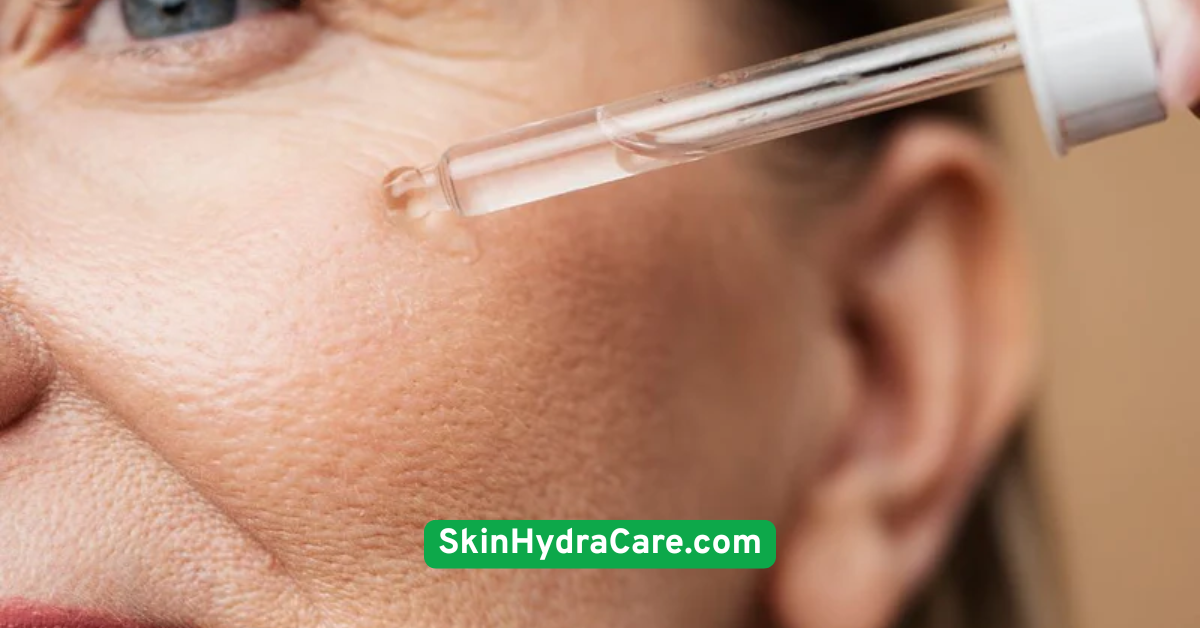
3. Layer Light to Heavy Products
One of the biggest skincare mistakes? Applying your products in the wrong order. Think of your routine like getting dressed: you wouldn’t put a sweater on before your tank top, right?The key to maximum hydration lies in layering products correctly. Start with your thinnest, water-based products, like toners and serums. Follow that with creams or lotions, then finish with occlusives like face oils or balms to seal everything in.Doing this ensures each product works effectively without blocking the next. Wait a few seconds between each step to avoid pilling, and your skin will drink up every drop.
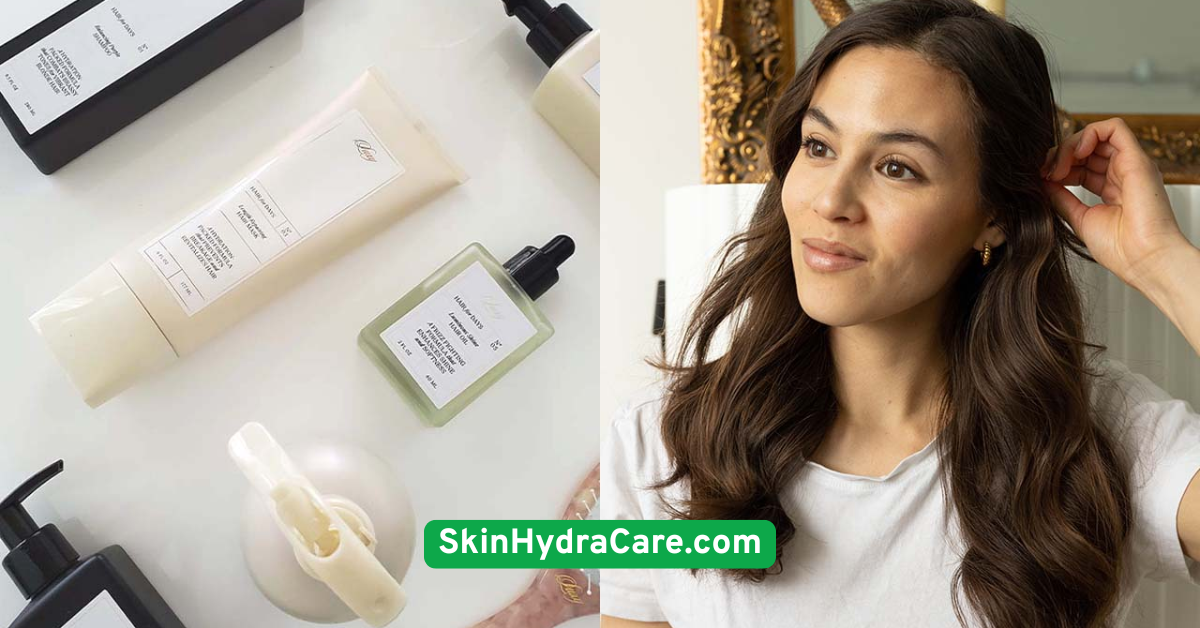
4. Use a Serum Rich in Hyaluronic Acid
Let’s talk hyaluronic acid—the hydration MVP. This ingredient can hold up to 1,000 times its weight in water, making it a must-have in any routine.But not all HA serums are created equal. For deep hydration, look for products that contain multiple molecular weights of hyaluronic acid. This allows the serum to penetrate various layers of the skin instead of just sitting on the surface.Pro tip: Always apply HA serums to slightly damp skin. This helps lock in the moisture and prevents the ingredient from pulling water from deeper layers, which can have the opposite effect.
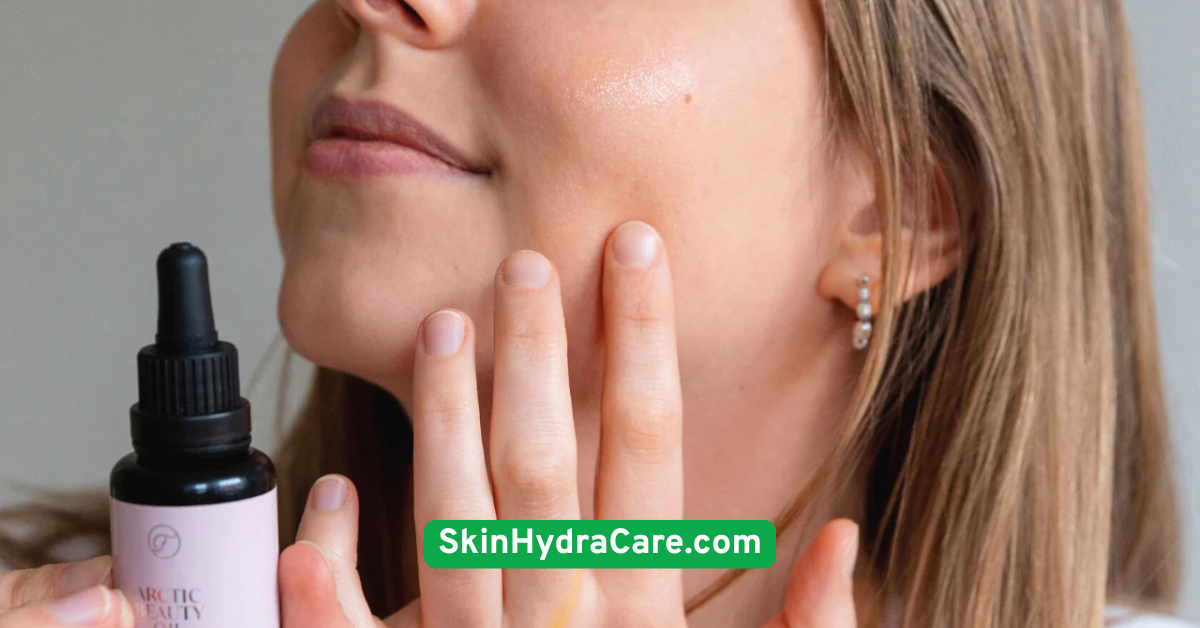
5. Seal It in With an Occlusive Moisturizer
After all the hard work of applying toners and serums, the last thing you want is to let that hydration evaporate. That’s where occlusive moisturizers come in.These are rich, sealing agents that lock moisture in and prevent transepidermal water loss. Think ingredients like petrolatum, dimethicone, or squalane—especially helpful for dry or mature skin.Use occlusives at night or in colder climates when your skin is more prone to drying out. If you’re worried about them being too heavy, try “slugging” a few nights a week or just applying to dry patches.
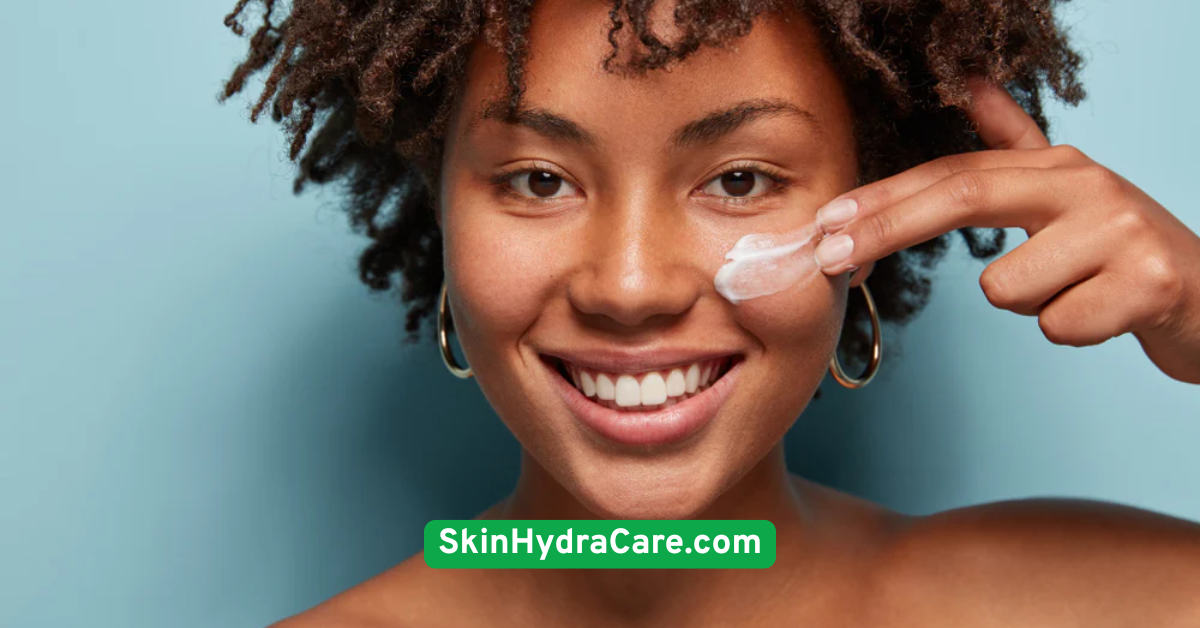
6. Apply Skincare on Damp Skin
Want to supercharge your routine without spending a dime? Just change when you apply your products.Applying skincare on slightly damp skin helps seal in moisture and improves absorption. This is especially true for hydrating ingredients like glycerin, HA, and aloe vera.Try the “3-second rule”—applying your next step within three seconds after washing or misting your face. It helps retain moisture before it has a chance to evaporate. A hydrating mist between layers can also boost results.
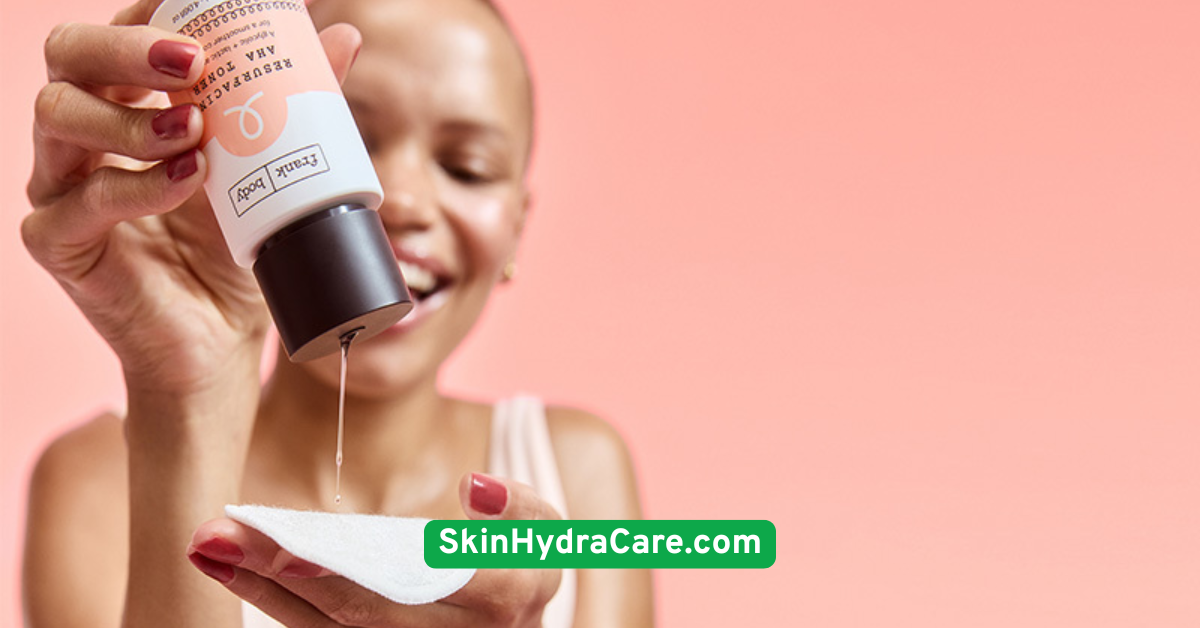
7. Avoid Harsh Exfoliants
Exfoliating can be great for removing dead skin cells—but overdoing it can lead to dehydration, irritation, and barrier damage.Instead of strong scrubs or aggressive acids, go for gentle exfoliants like lactic acid or polyhydroxy acids (PHAs). These provide mild exfoliation while also supporting hydration.Limit exfoliation to once or twice a week, especially if your skin already feels dry or tight. And always follow up with a hydrating serum and moisturizer to replenish lost moisture.
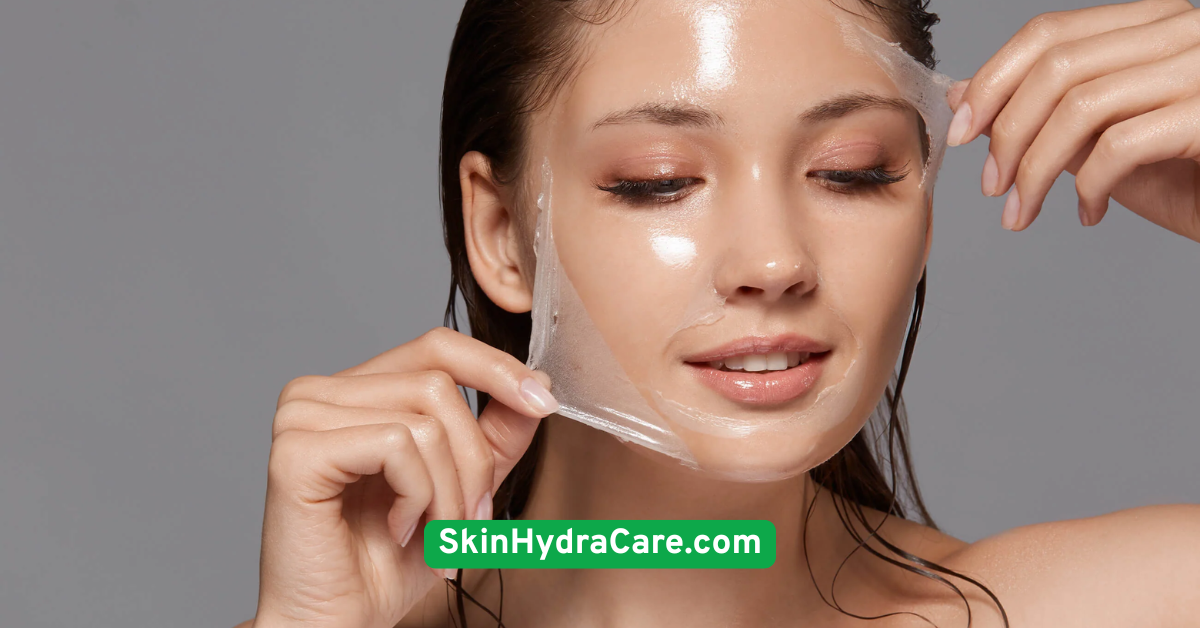
8. Use Overnight Masks Weekly
Overnight masks, also known as sleeping packs, are the secret weapon of hydrated skin. Unlike regular moisturizers, they’re designed to deeply hydrate while you snooze.Look for ones that include ceramides, centella asiatica, and niacinamide—they help repair and restore the skin barrier overnight.Use them once or twice a week, especially after exfoliation or exposure to harsh weather. You’ll wake up with soft, refreshed skin that looks like you actually got eight hours of sleep—even if you didn’t.
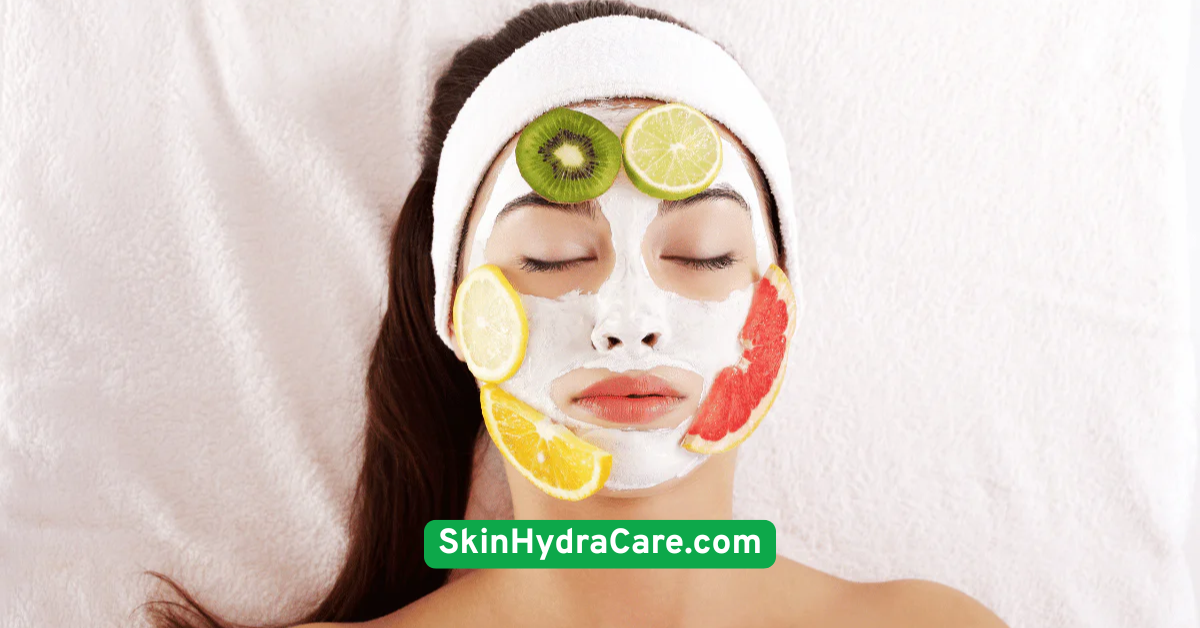
9. Drink More Water (and Eat It, Too!)
No, drinking water alone won’t “hydrate” your skin topically, but your overall hydration still starts from within.Make sure you’re drinking enough water, herbal teas, and electrolyte-rich fluids throughout the day. Dehydration can affect the elasticity, clarity, and bounce of your skin.Also, eat your water! Incorporate foods like cucumber, watermelon, celery, and strawberries into your meals. These are high in water content and help keep your skin hydrated naturally.
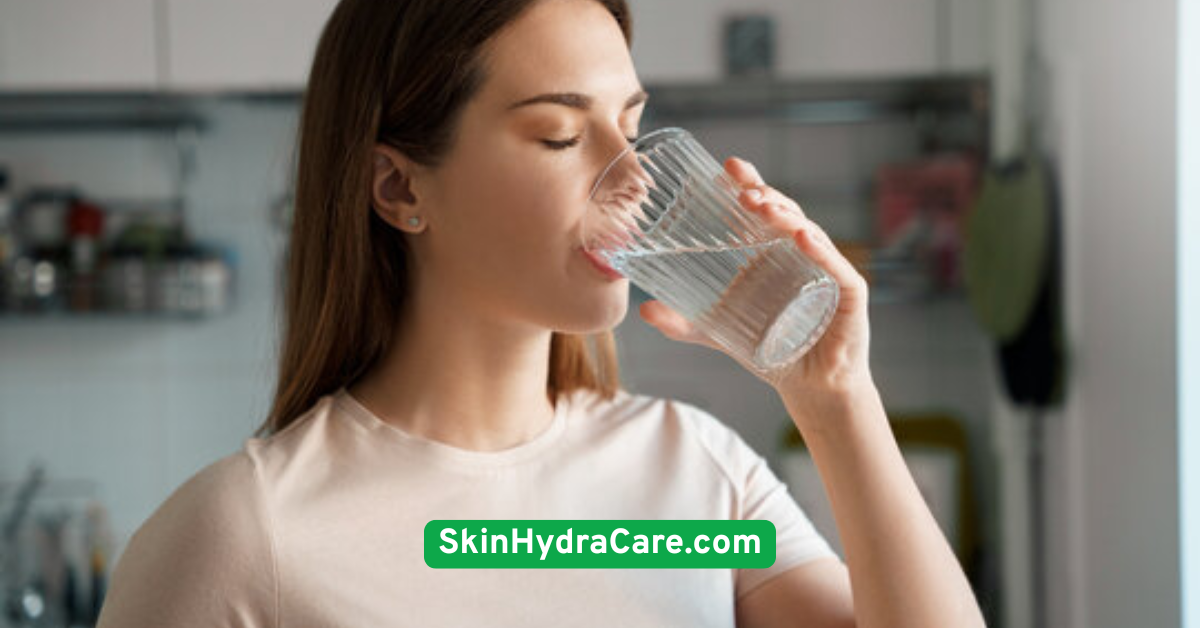
10. Protect Skin Barrier at All Costs
Your skin barrier is the bodyguard that keeps hydration in and irritants out. When it’s compromised, you’ll notice increased dryness, sensitivity, and flaking.To strengthen your barrier, use products containing niacinamide, fatty acids, and ceramides. These reinforce the skin’s natural lipids and prevent water loss.Avoid over-cleansing, harsh scrubs, or long, hot showers. And when in doubt—go back to the basics with a gentle, hydrating routine until your skin calms down.

11. Use a Humidifier at Night
Indoor heating and AC are silent skin saboteurs. They suck the moisture out of the air—and your face!Using a humidifier at night adds moisture back into your environment, especially in winter months or dry climates. The result? Plumper, more hydrated skin while you sleep.Pair your humidifier with an occlusive night cream or sleeping mask to trap in moisture and wake up glowing.
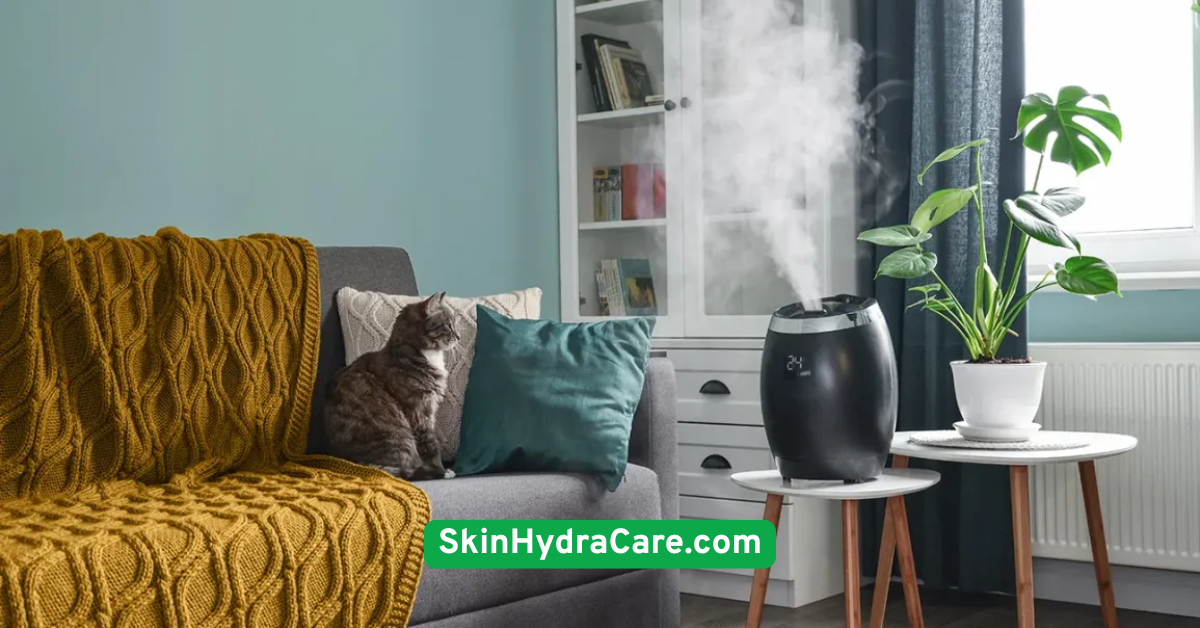
12. Adjust Your Skincare With Seasons
What works in July might not cut it in January. Your skin’s hydration needs change with weather, humidity, and lifestyle.In colder months, swap lightweight gels for richer creams. In hot, humid weather, opt for lightweight water-based moisturizers and mists. Don’t forget to tweak exfoliation and SPF use too.Being in tune with your skin’s seasonal needs helps prevent dehydration and keeps your complexion consistent all year round.
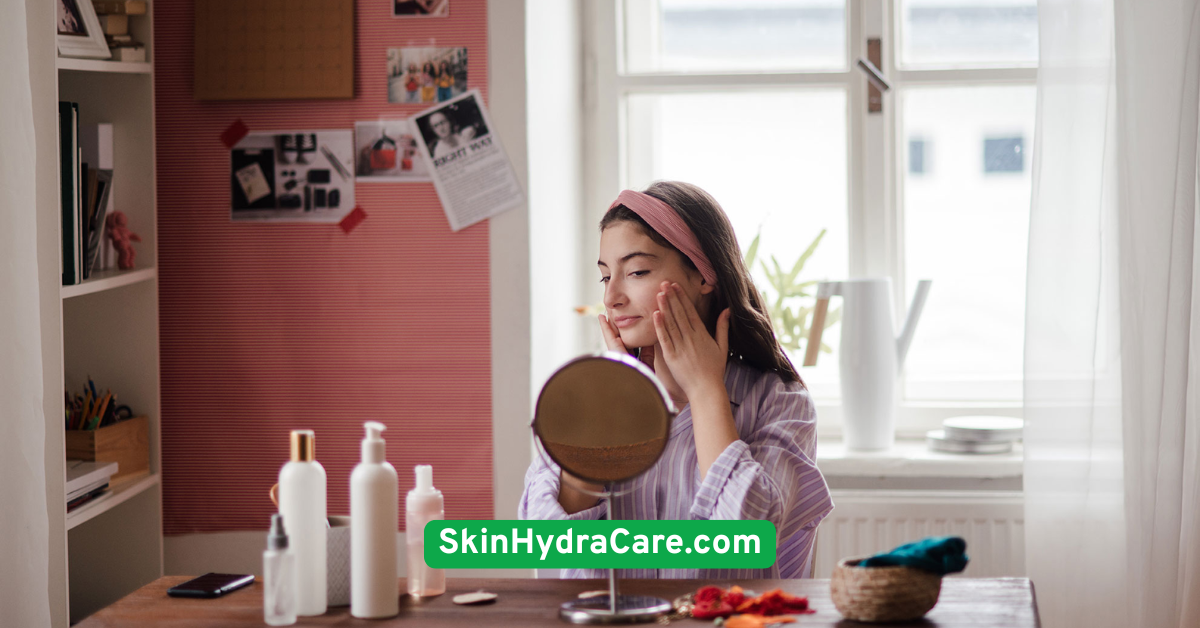
Conclusion
Hydration is the golden thread that ties together every skincare routine—whether you’re a minimalist or a 10-step ritual lover. These 12 hydrating skincare tips are more than just trends—they’re practical, affordable, and easy to integrate into your daily routine.By understanding how ingredients work, layering properly, and supporting your skin both inside and out, you’ll create lasting hydration that shows. So the next time your skin feels parched, tight, or just a little off, you’ll know exactly what to do.Now go ahead—treat your skin to that tall drink of water it’s been craving. Your glow-up starts today!
